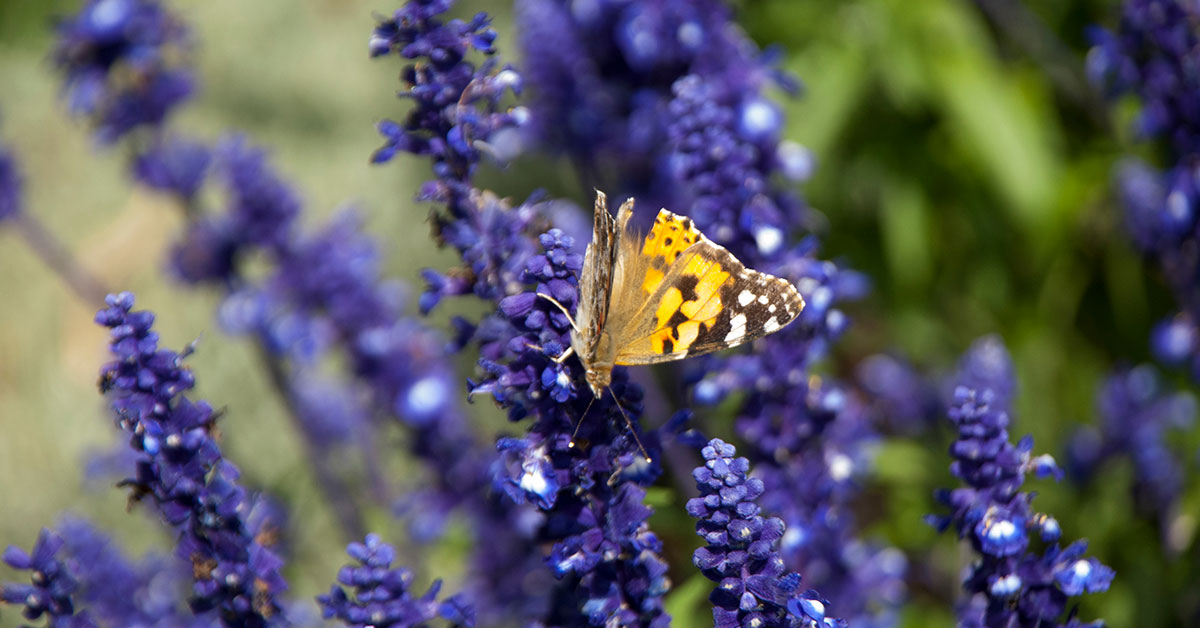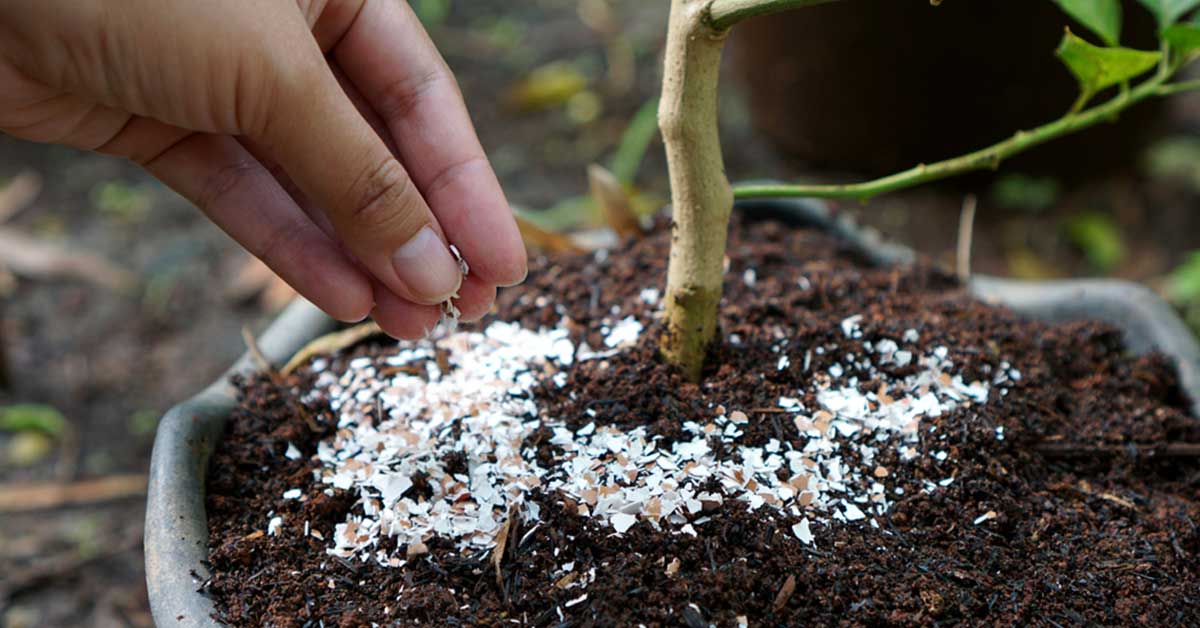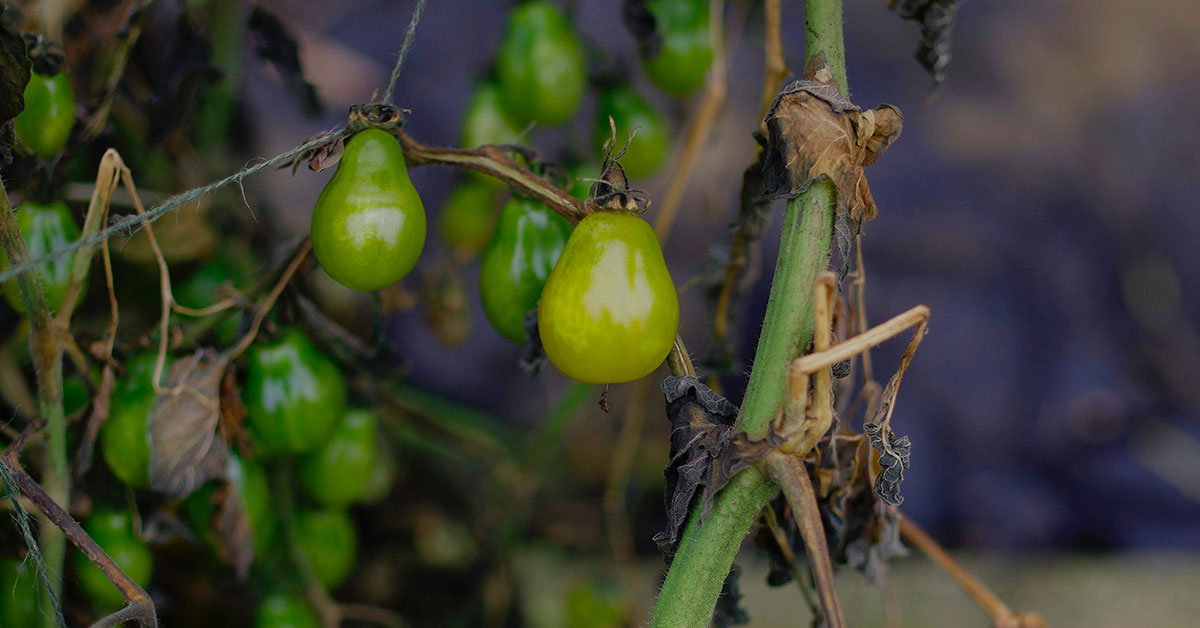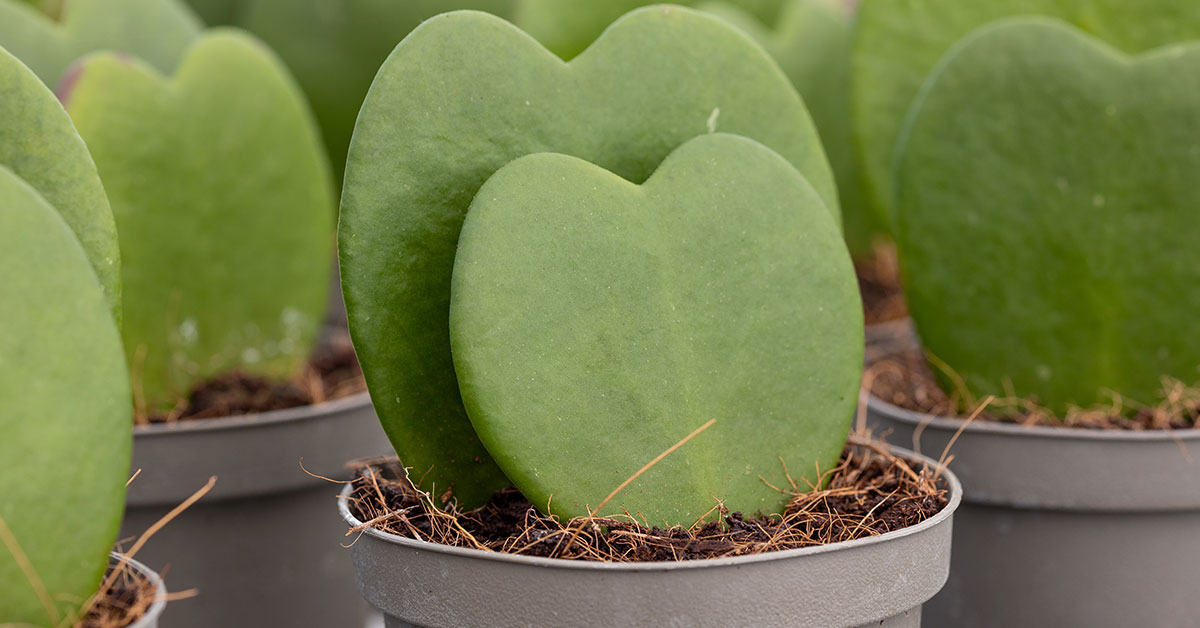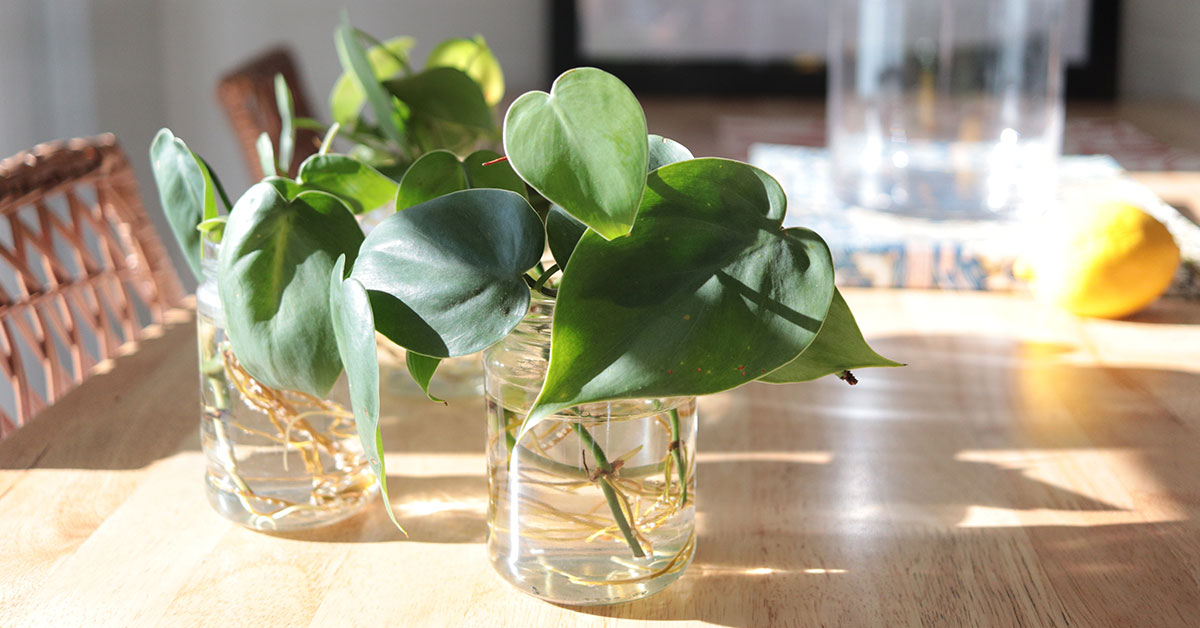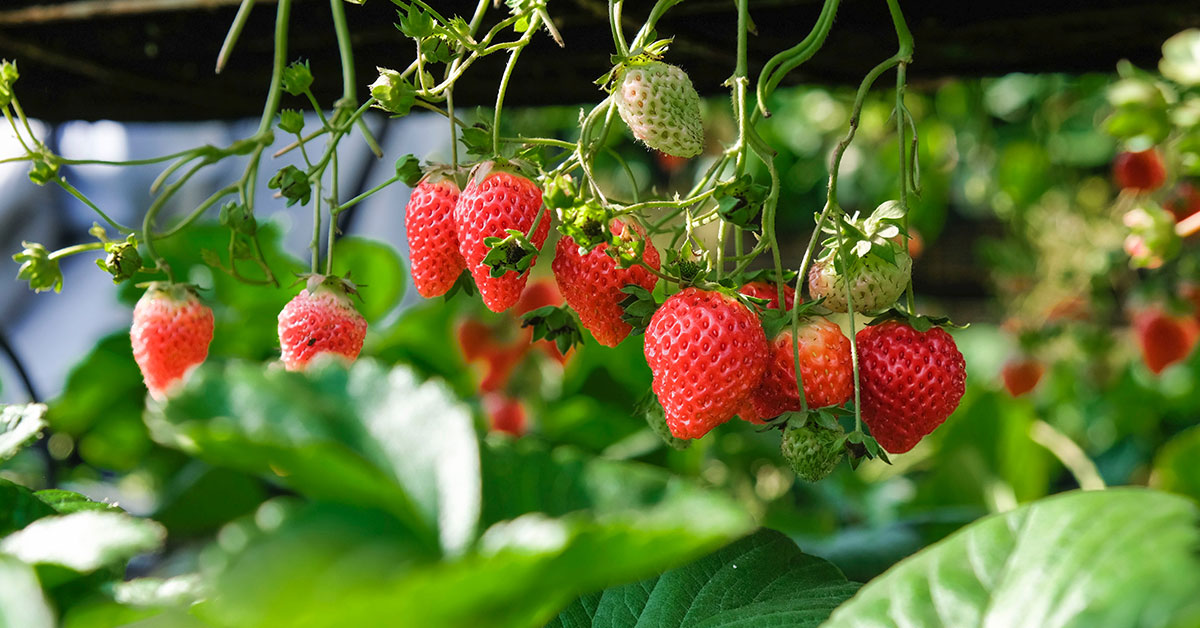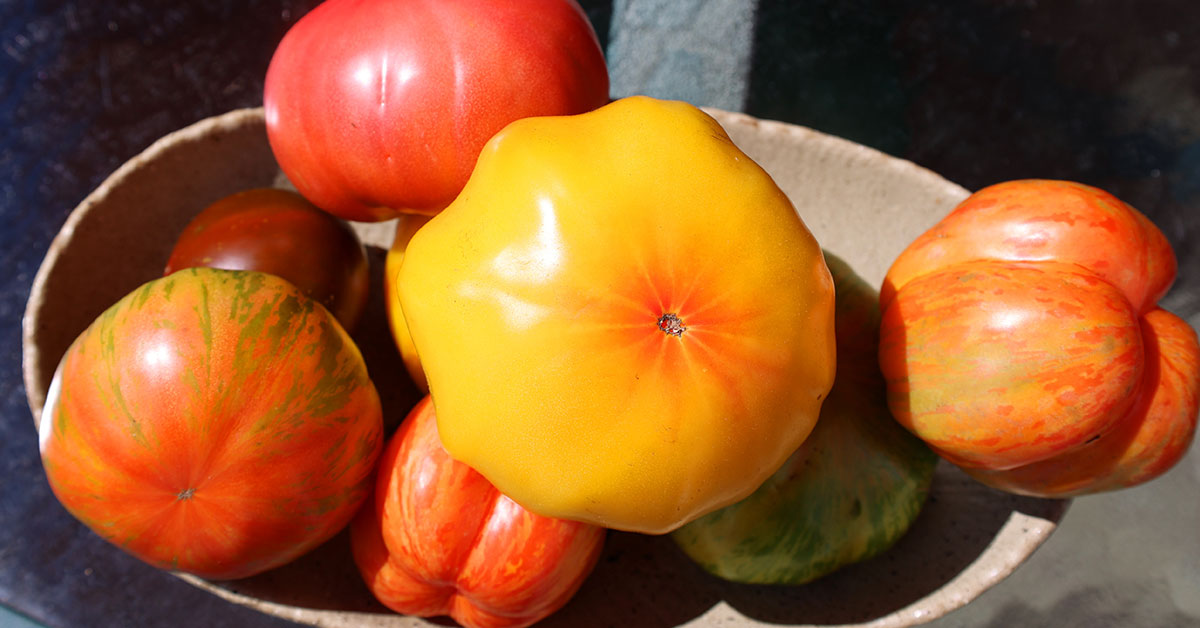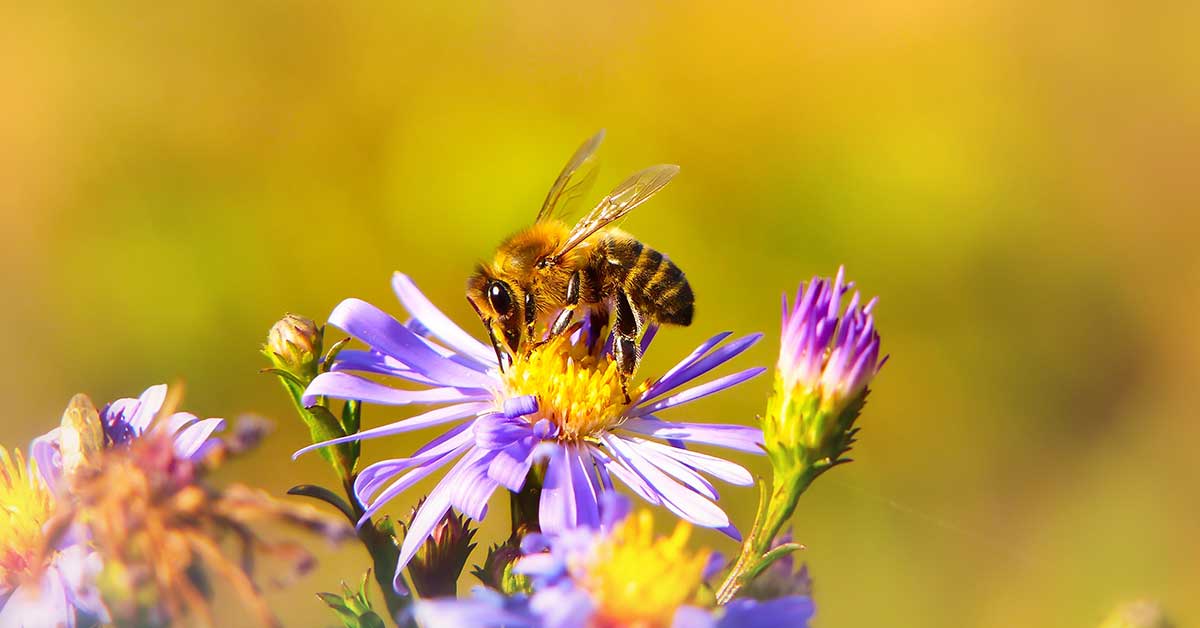Native American cultures have a deep and profound connection with nature, viewing plants not only as sources of food and medicine but also as symbols of spiritual significance. Each plant holds a unique place in the traditions and ceremonies of various tribes, embodying their beliefs, values, and ways of life. Understanding these plants and their meanings offers a glimpse into the rich spiritual heritage of Native American tribes.
In this article, I’m excited to share ten plants that have spiritual significance to Native Americans. These plants are revered for their healing properties, ceremonial uses, and symbolic meanings. Let’s dive into these sacred plants and explore their significance, providing a deeper appreciation for the spiritual connection between Native American cultures and the natural world.
Sage
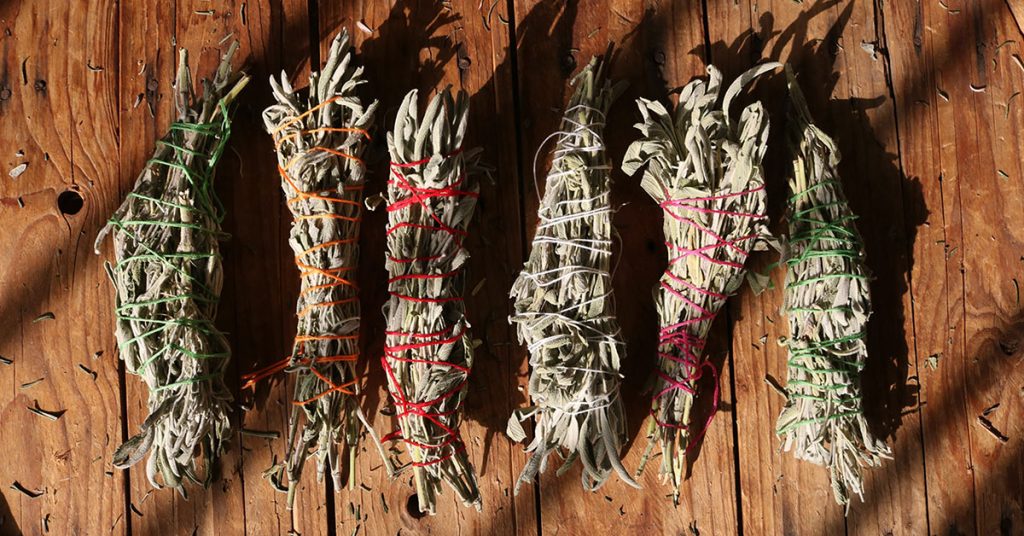
Sage is one of my favorite plants due to its profound spiritual significance in Native American cultures. Used extensively in smudging ceremonies, sage is believed to cleanse and purify spaces, objects, and individuals. The smoke from burning sage is thought to drive away negative energies and attract positive influences. Tribes such as the Lakota, Cheyenne, and Navajo use sage in rituals to promote healing, wisdom, and protection.
Growing sage is relatively easy, making it a great addition to your garden. Sage prefers well-drained soil and plenty of sunlight. It’s drought-tolerant and can thrive with minimal watering. By cultivating sage, you’re not only adding a fragrant and versatile herb to your garden but also connecting with a plant that holds deep spiritual meaning for many Native American tribes.
Sweetgrass

Sweetgrass is another plant with significant spiritual importance among Native American tribes. Known for its sweet, vanilla-like scent, sweetgrass is often braided and burned during ceremonies to invite positive energies and good spirits. The Cheyenne, Blackfoot, and Lakota tribes use sweetgrass in purification rituals, prayers, and healing ceremonies, believing it to be a sacred plant that brings blessings and protection.
To grow sweetgrass, plant it in moist, well-drained soil with full sun to partial shade. It thrives in wet areas, such as along streams or in low-lying garden spots. Regular watering is essential to keep the soil consistently moist. Sweetgrass is a beautiful addition to any garden, with its long, slender leaves and aromatic scent, embodying a sense of tranquility and spiritual connection.
Tobacco

Tobacco holds a sacred place in many Native American cultures, used as an offering and in prayers to communicate with the spirit world. Tribes such as the Cherokee, Iroquois, and Lakota consider tobacco a powerful spiritual tool, often using it in ceremonies to show respect, gratitude, and as a means of establishing a connection with the divine.
Growing tobacco requires well-drained soil and plenty of sunlight. It’s a relatively hardy plant that can thrive in various conditions. However, it’s important to note that tobacco grown for ceremonial purposes is different from commercial tobacco used for smoking, and only 4 US states allow the cultivation of tobacco for personal use. Cultivating tobacco in your garden allows you to honor its spiritual significance and appreciate its traditional uses.
Cedar
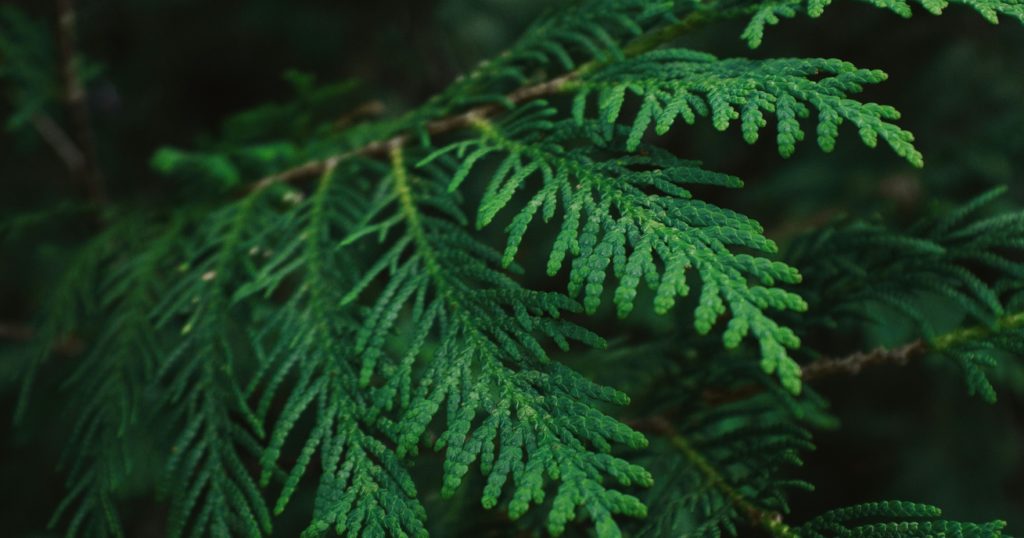
Cedar is revered in Native American cultures for its protective and healing properties. Many tribes, including the Ojibwa, Coast Salish, and Cree, use cedar in purification rituals, sweat lodge ceremonies, and healing practices. Cedar branches are often burned to cleanse spaces and ward off negative energies, while cedar bark is used to make baskets, clothing, and ceremonial items.
To grow cedar, plant it in well-drained soil with full sun to partial shade. Cedars are relatively low-maintenance and can thrive in a variety of soil types. Regular watering during dry periods will help establish young trees. Incorporating cedar into your garden not only adds a majestic and aromatic tree but also connects you with its spiritual heritage.
Corn

Corn, or maize, is central to many Native American cultures, symbolizing sustenance, fertility, and life. Tribes such as the Hopi, Navajo, and Iroquois hold corn in high regard, incorporating it into rituals, ceremonies, and daily life. Corn is often seen as a gift from the Creator, representing the cycle of life and the interconnectedness of all living things.
Growing corn requires well-drained soil and plenty of sunlight. Plant corn in blocks rather than rows to ensure proper pollination, and water regularly to keep the soil moist. Corn can be a rewarding addition to your garden, offering a bountiful harvest and a connection to its rich cultural and spiritual significance.
Cattail
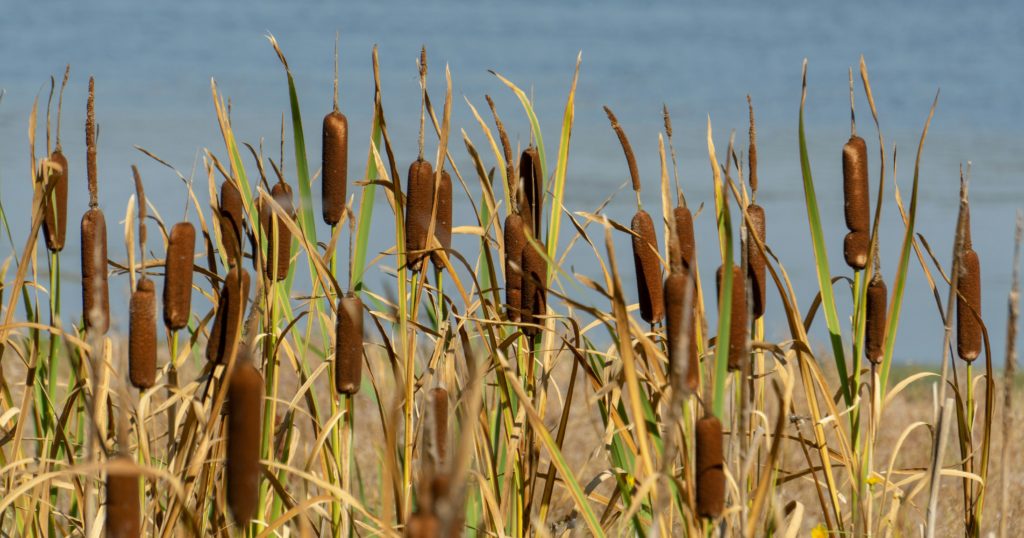
Cattails are significant to many Native American tribes, used for food, medicine, and crafting materials. The Ojibwa, Sioux, and Apache tribes utilize cattails in various ways, from weaving mats and baskets to using the roots and shoots as food sources. Cattails are also associated with fertility and renewal, playing a role in ceremonial practices.
To grow cattails, plant them in wet, marshy areas or along the edges of ponds and streams. They thrive in full sun and can tolerate various water depths. Cattails can add a natural, wild beauty to your garden while connecting you to their spiritual and practical uses in Native American traditions.
Yucca
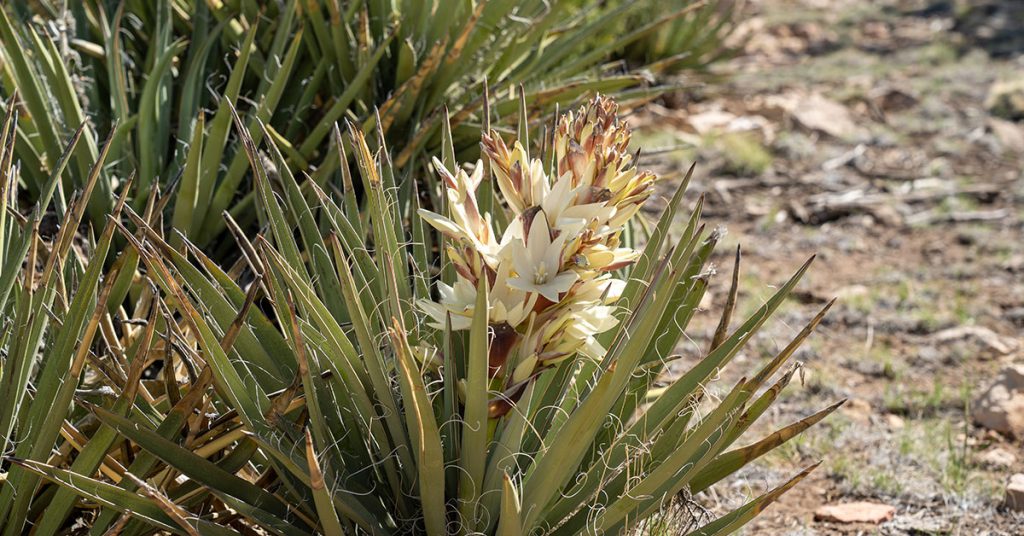
Yucca plants are highly valued in Native American cultures for their versatility and spiritual significance. Tribes such as the Navajo, Hopi, and Apache use yucca in rituals and ceremonies, as well as for making soap, rope, and baskets. Yucca is often seen as a symbol of protection and endurance, representing the strength and resilience of the people.
To grow yucca, plant it in well-drained soil with plenty of sunlight. Yucca is drought-tolerant and can thrive in arid conditions, making it an ideal plant for xeriscaping. Incorporating yucca into your garden adds a touch of the Southwest’s rugged beauty while honoring its spiritual significance.
Sunflower

Sunflowers hold a special place in many Native American cultures, symbolizing harvest, bounty, and the sun. Tribes such as the Hopi, Zuni, and Navajo grow sunflowers for their seeds, oil, and as a source of spiritual inspiration. Sunflowers are often used in ceremonies to represent the sun’s life-giving energy and the interconnectedness of all living things.
To grow sunflowers, plant them in well-drained soil with plenty of sunlight. Sunflowers are relatively easy to grow and require minimal care. Water regularly to keep the soil moist, especially during dry periods. Sunflowers can add vibrant color and height to your garden while connecting you to their cultural and spiritual heritage.
Blue Flag Iris
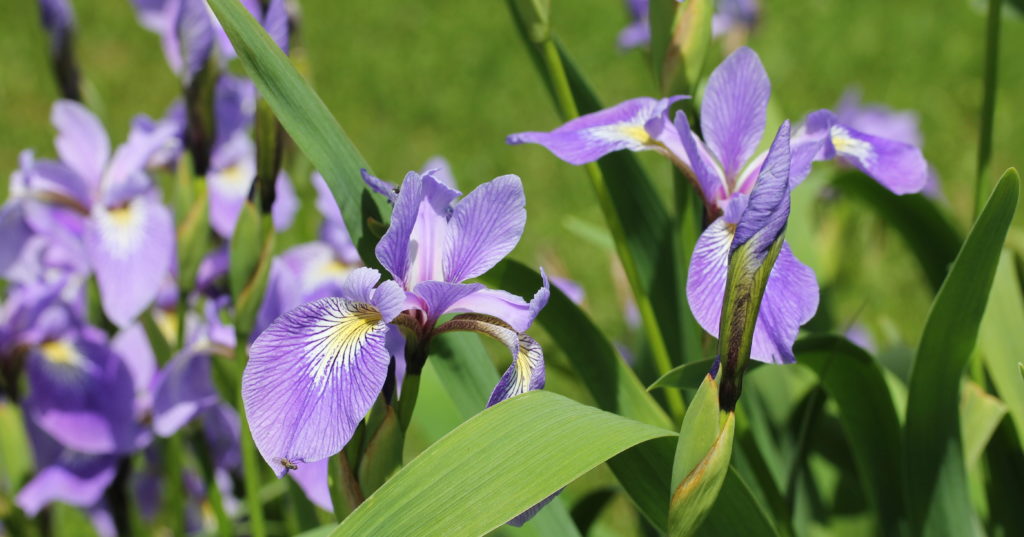
The blue flag iris is significant to many Native American tribes, including the Cherokee, who use it for medicinal and spiritual purposes. The plant’s striking blue flowers are often associated with water and purification, symbolizing clarity, renewal, and the interconnectedness of life. The Cherokee use the blue flag iris in various healing practices and rituals.
To grow blue flag iris, plant it in moist, well-drained soil in a spot that receives full sun to partial shade. This perennial thrives in wet areas, making it perfect for planting near ponds or streams. Regular watering is essential to keep the soil consistently moist. The blue flag iris adds a touch of elegance to your garden while honoring its spiritual significance.
Juniper
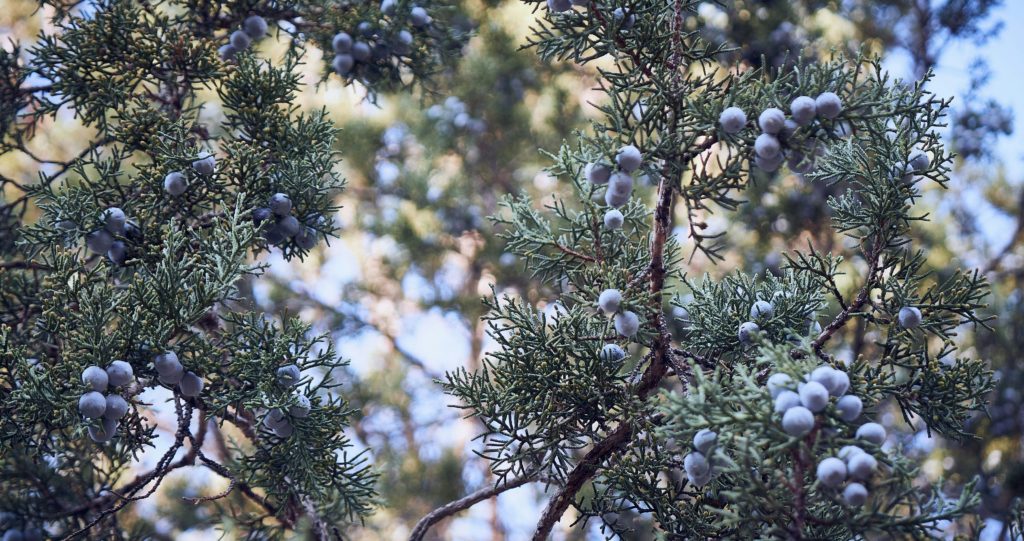
Juniper is revered in many Native American cultures for its protective and purifying properties. Tribes such as the Navajo, Apache, and Ute use juniper berries and branches in ceremonies to cleanse and protect against negative energies. Juniper is also associated with healing and is used in various medicinal practices.
To grow juniper, plant it in well-drained soil with plenty of sunlight. Juniper is a hardy plant that can thrive in various conditions, including drought and poor soil. Regular watering during dry periods will help establish young plants. Incorporating juniper into your garden connects you to its spiritual heritage and adds a fragrant, evergreen presence to your landscape.
These ten plants hold deep spiritual significance in Native American cultures, symbolizing various aspects of life, protection, and healing. By incorporating these plants into your garden, you can create a space that honors their cultural heritage and connects you with their spiritual meanings.
